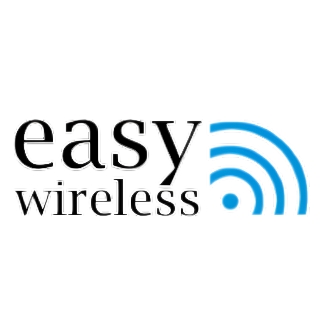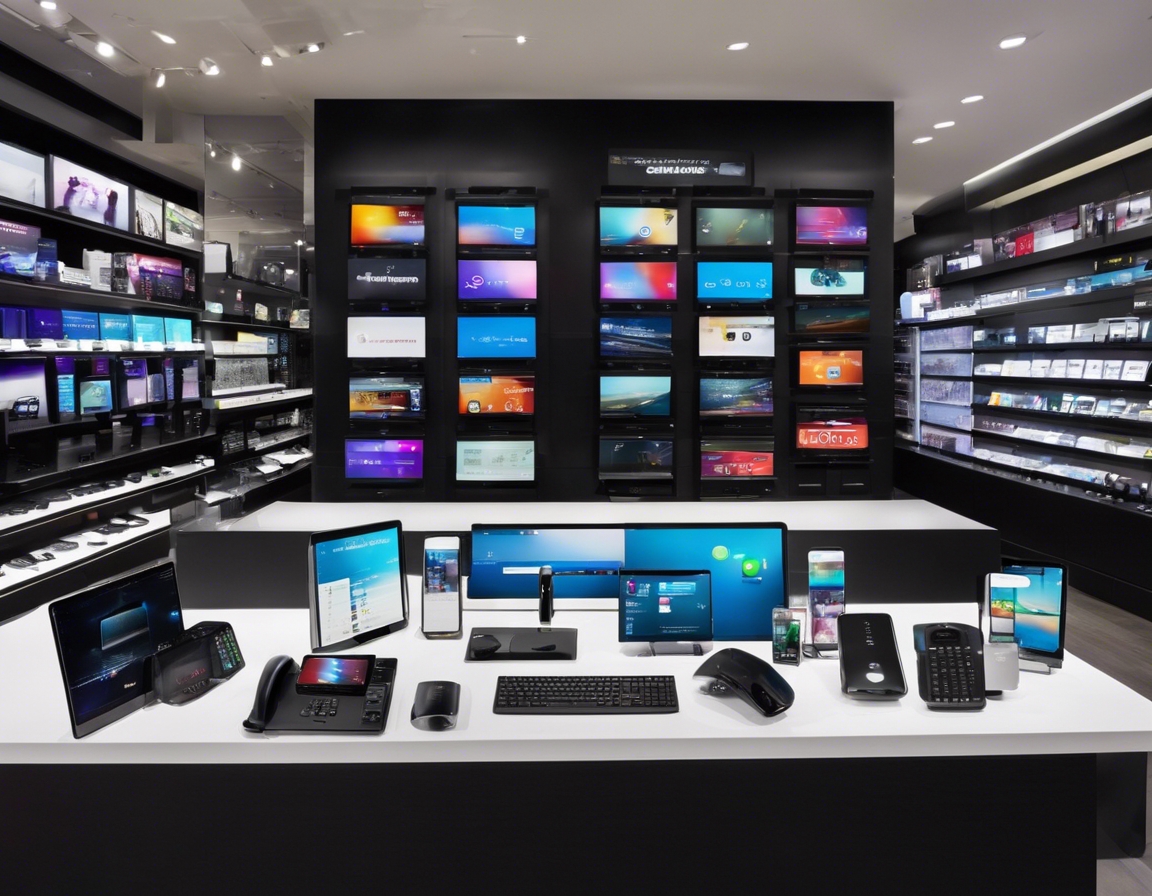The future of hospital communication: wireless systems on the rise
Communication within hospitals has undergone a significant transformation over the past few decades. From the days of switchboards and pagers to the current era of digital communication, the healthcare industry has always sought to adopt technologies that enhance the delivery of care. Today, wireless communication systems are at the forefront of this evolution, offering unparalleled connectivity and accessibility.
Wireless systems are becoming increasingly popular in hospitals due to their ability to provide instant communication, reduce response times, and eliminate the constraints of wired infrastructure. In an environment where every second counts, the agility that wireless technology offers can be life-saving.
Benefits of Wireless Communication Systems in Healthcare
Wireless communication systems facilitate real-time updates on patient status, allowing healthcare professionals to make informed decisions quickly. This immediacy can improve patient outcomes and satisfaction by ensuring that care is timely and responsive.
With wireless devices, staff are no longer tethered to fixed locations. They can move freely throughout the facility while staying connected, which improves workflow efficiency and allows for more direct patient care.
Wireless systems enable faster mobilization of teams in emergency situations, reducing the time it takes to respond to critical incidents and potentially saving lives.
Wireless technology can be more cost-effective than traditional wired systems, with lower installation and maintenance costs. Additionally, it offers scalability to accommodate the growing needs of healthcare facilities.
Types of Wireless Communication Systems in Hospitals
These systems allow patients to alert nursing staff wirelessly, improving response times and patient satisfaction. They can be integrated with mobile devices to provide alerts on the go.
mHealth apps on smartphones and tablets enable remote monitoring and consultation, enhancing the continuum of care even outside the hospital setting.
RTLS are used to track the location of equipment and personnel within the hospital, optimizing resource allocation and reducing time spent searching for assets.
This technology allows for the remote monitoring of patients' vital signs, providing continuous data to healthcare providers and alerting them to any changes that may require immediate attention.
Challenges and Considerations
With the adoption of wireless systems, hospitals must ensure that patient data is secure and that they comply with regulations such as GDPR and HIPAA.
Integrating various wireless technologies to work seamlessly together is essential for maximizing their benefits. This requires careful planning and standardization.
Implementing new technologies requires training staff to ensure they are used effectively. Adoption can be a hurdle, but with proper support, it can lead to significant improvements in hospital operations.
Looking Ahead: Innovations and Trends in Wireless Hospital Communication
The future of hospital communication lies in the integration of AI and IoT, which can analyze data to predict patient needs and automate routine tasks, freeing up staff for more complex care.
The rollout of 5G networks promises to revolutionize healthcare communication with faster speeds and more reliable connections, enabling new possibilities in telemedicine and remote care.
Wearable devices are becoming more common in healthcare, providing continuous monitoring and data collection that can inform treatment and improve patient engagement in their own care.






Comments (0)